Quinoa Red and White Tub (200g)
R45 Original price was: R45.R40Current price is: R40.
Nutritional Info per 100g:
Carbohydrates 64 g
Protein 14 g
Energy 1540 kj
Fat 6 g
Dietary Fiber 7 g
Quinoa contains many plant compounds that contribute to its flavour and health effects, including:
Saponin: These plant glycosides protect quinoa seeds against insects and other threats. They’re bitter and usually eliminated by soaking, washing, or roasting before cooking.
Quercetin: This powerful polyphenol antioxidant may help protect against various illnesses, such as heart disease, osteoporosis, and certain forms of cancer.
Kaempferol: This polyphenol antioxidant may reduce your risk of chronic diseases, including cancer.
Squalene: This precursor of steroids also acts as an antioxidant in your body.
Phytic acid: This antinutrient reduces the absorption of minerals, such as iron and zinc. Phytic acid can be reduced by soaking or sprouting quinoa before cooking.
Oxalates: They may bind with calcium, reduce its uptake, and increase the risk of kidney stone formation in sensitive individuals. Bitter quinoa varieties are richer in antioxidants than sweeter types, but both are good sources of antioxidants and minerals.
Directions for use:
Use 3/4 cups water for every cup of quinoa. Any more water, the quinoa gets mushy. Any less, and it’s too dry. Combine the quinoa and water in a medium pot. Bring to a boil, cover, and reduce the heat. Simmer for 15 minutes. Remove the pot from the heat and let it sit, covered, for 10 minutes more. Then, remove the lid and fluff with a fork.
- Estimated Delivery : Up to 4 business days
- Free Shipping & Returns : On all orders over $200
Quinoa is a good source of antioxidants and minerals, providing more magnesium, iron, fibre, and zinc than many common grains. Carbohydrates make up 21% of cooked quinoa, comparable to barley and rice. About 83% of the carbs are starches. The rest consists mostly of fibre and a small number of sugars (4%). Quinoa has a relatively low glycemic index (GI) score of 53, which means it may not cause a rapid spike in blood sugar. The GI is a measure of how fast blood sugar levels rise after a meal. Eating a low-glycemic-index diet may be linked to a lower risk of diabetes and cardiovascular disease.
Quinoa contains many plant compounds that contribute to its flavour and health effects, including:
Saponin: These plant glycosides protect quinoa seeds against insects and other threats. They’re bitter and usually eliminated by soaking, washing, or roasting before cooking.
Quercetin: This powerful polyphenol antioxidant may help protect against various illnesses, such as heart disease, osteoporosis, and certain forms of cancer.
Kaempferol: This polyphenol antioxidant may reduce your risk of chronic diseases, including cancer.
Squalene: This precursor of steroids also acts as an antioxidant in your body.
Phytic acid: This antinutrient reduces the absorption of minerals, such as iron and zinc. Phytic acid can be reduced by soaking or sprouting quinoa before cooking.
Oxalates: They may bind with calcium, reduce its uptake, and increase the risk of kidney stone formation in sensitive individuals. Bitter quinoa varieties are richer in antioxidants than sweeter types, but both are good sources of antioxidants and minerals.
Directions for use:
Use 1 3/4 cups water for every cup of quinoa. Any more water, the quinoa gets mushy. Any less, and it’s too dry. Combine the quinoa and water in a medium pot. Bring to a boil, cover, and reduce the heat. Simmer for 15 minutes. Remove the pot from the heat and let it sit, covered, for 10 minutes more. Then, remove the lid and fluff with a fork.
Only logged in customers who have purchased this product may write a review.
Login
Don't have an account? Sign Up

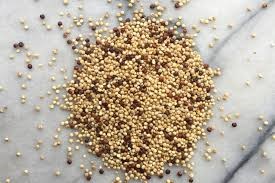
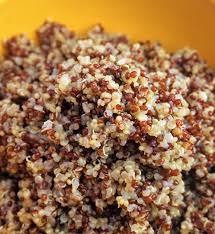


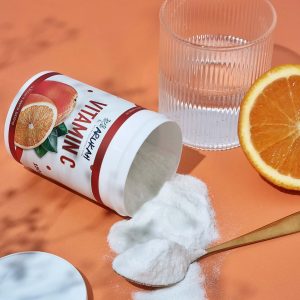
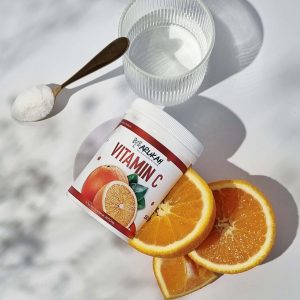

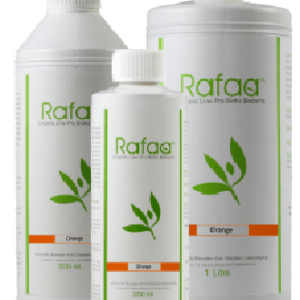
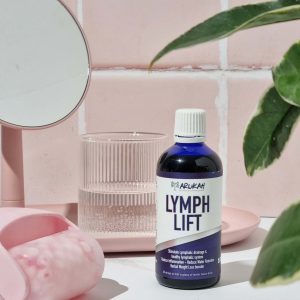
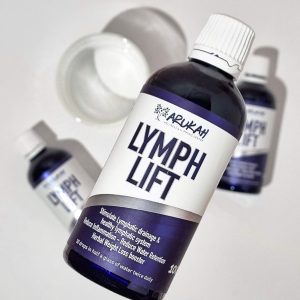
Reviews
There are no reviews yet.